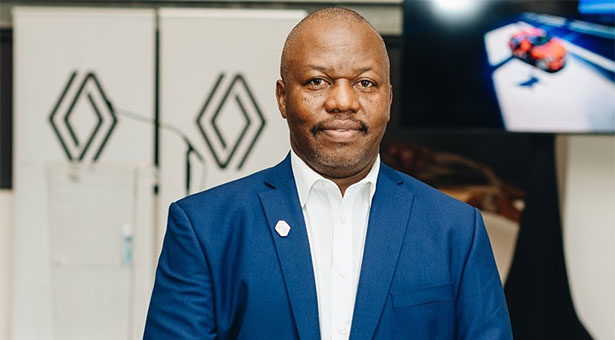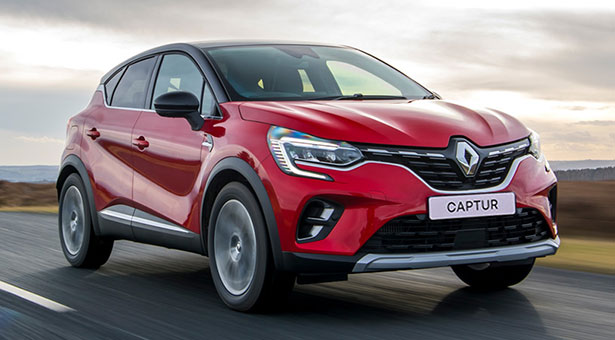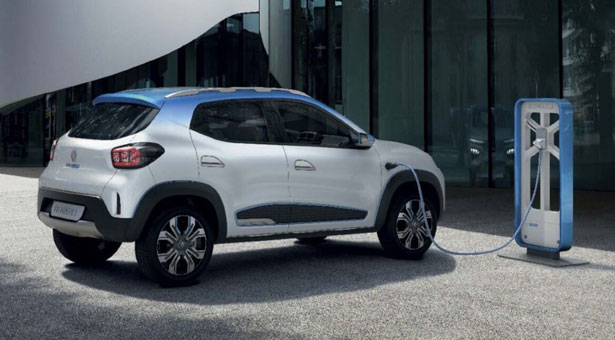
What To Expect From Renault SA In The Short And Medium Term
They say local is lekker, and Shumani Tshifularo from Limpopo is very local indeed, and his position as MD of Renault SA is more than lekker. He opened up about his journey to the head of Renault SA, as well as what the immediate future will bring and his expectations for the longer term.
Tshifularo’s Career Path
Tshifularo is a chartered accountant who once worked as CFO for a local airline before moving into heavy machinery leasing. His first move in the car sector was at the Motus Group, where he held several senior positions.
He joined Renault SA as commercial director a couple of years ago before succeeding Jaco Oosthuysen as MD. Oosthuysen now leads Motus Group in Australia.
New Models

New Renault Models
One of Tshifularo’s main responsibilities is to grow the Renault Brand in South Africa. Although Renault is among the top ten sellers in the country, the car market is very competitive and simply maintaining the status quo requires a massive effort, so market share growth is a challenge.
Introducing the new Renault Captur was an important start because the previous, discontinued model was very popular among South African drivers.
Although the Austral SUV would be the perfect replacement for the Kadjar, negotiations are still taking place and nothing is confirmed.
Bringing in a new model is not a simple task. A case in point is the half-tonne Renault Oroch bakkie, based on the Duster. Although the Oroch is a super cool lifestyle bakkie, Renault SA first has to ensure the pricing and positioning is perfect before bringing it here.
There was some consternation when Renault announced the end of the Megane RS, to be replaced by the Alpine. The last of this iconic RS has just been launched as the limited edition Renault Megane RS Ultime and the South African allocation of 55 is available for order.
The right-hand-drive Alpine is now in production, but Tshifularo would not be drawn on the if and when of this car.
The Electric Future

Renault – The Electric Future
The future of the car is electric and the most logical model to add to Renault’s stable is to bring in the Renault equivalent of the Dacia Spring. Dacia is a sister company to Renault and the two brands sell the same vehicles in different markets. Some, for example, would get the Renault Duster while other markets would get the Dacia Duster.
The Dacia Spring is the same as the Renault Kwid, and it has a plug-in electric version. The problem with this is that the Renault Kwid is one of the most affordable cars in our price-sensitive market, but the EV version will add R100K or more to the price.
Add to that South Africa’s lack of EV charging infrastructure and the regular darkness called load shedding, and this is most likely a non-starter.
A more viable option – and plans to bring it here are fast maturing – is the Renault Arkana hybrid.
2035 And The End Of Fossil Fuel
Europe is set to ban the manufacture of fossil fuel cars by 2035, which technically should price European cars out of our market. But according to Tshifularo, there is a glimmer of hope.
Most of our Renaults are built and sourced in India. That market is more like ours compared to Europe. There is talk of Renault in India working on a small EV more suited to the pockets of our drivers.

